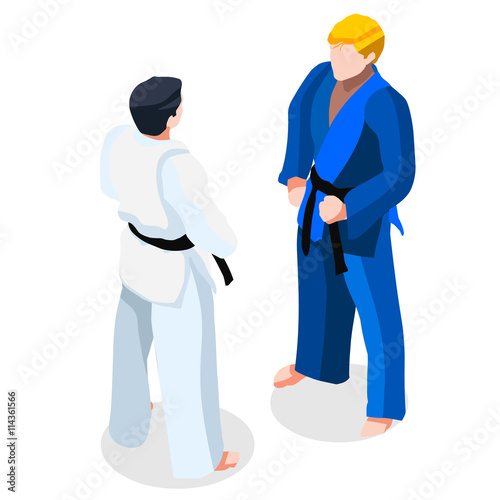Standard Martial Arts And Modern Fight Sports: A Thorough Introduction Of Their Distinct Distinctions
Standard Martial Arts And Modern Fight Sports: A Thorough Introduction Of Their Distinct Distinctions
Blog Article
Content Develop By-Kok Johnson
When you think of martial arts, do you lean extra towards the typical practices or the modern battle sports? Each path uses distinct benefits and experiences, formed by their approaches and training techniques. Conventional martial arts highlight personal development and technique, while modern-day combat sporting activities focus on competitors and efficiency. Understanding these distinctions can direct you in selecting the appropriate strategy for your journey. But just how do these differences manifest in training and ideology?
The Philosophy and History Behind Typical Martial arts
While many people connect martial arts with physical battle, the approach and background behind traditional martial arts run much deeper. You'll find that these techniques emphasize personal development, technique, and respect.
Stemming from ancient practices, traditional martial arts were commonly created for Self-Defense and spiritual growth. https://rafaeltdnve.get-blogging.com/35604283/comprehending-the-various-styles-of-martial-arts-training personify principles such as balance, harmony, and self-control, assisting practitioners beyond plain combating skills.
As helpful site train, you'll not just learn methods yet additionally get insights right into the society and values that formed these arts. please click the next page and traditions, frequently passed down with generations, cultivate a sense of neighborhood and belonging.
The Competitive Nature of Modern Combat Sports
Modern combat sporting activities have changed the landscape of martial arts into a very affordable field, where athletes challenge in a test of ability, technique, and endurance.
You'll see that competitions are typically organized with strict guidelines and regulations, ensuring justice and security. These occasions attract big target markets, fueling the exhilaration and strength of matches.
Professional athletes train carefully, not just for physical prowess yet likewise for psychological toughness, recognizing that every detail counts in the ring. The adrenaline thrill during competitors is apparent, as competitors push their restrictions to assert victory.
Fans value the athleticism and creativity included, making modern combat sports a thrilling phenomenon that continues to progress and mesmerize enthusiasts around the globe.
Training Approaches and Techniques: A Relative Analysis
The competitive ambience of contemporary battle sporting activities demands cutting-edge training methods that differ considerably from standard martial arts.
In modern-day training, you'll concentrate on particular strategies, competing, and conditioning, commonly using drills that simulate actual fight circumstances. You'll see a focus on measurable efficiency and regular competition to evaluate your abilities.
On the other hand, typical martial arts focus on kinds, katas, and philosophical mentors, commonly emphasizing self-control and regard over competition.
Training is typically less extreme and may entail recurring method as opposed to real-time sparring.
While both approaches develop ability and physical fitness, modern battle sports give a much more dynamic and versatile training environment, preparing you for prompt obstacles in the ring or cage.
Pick the course that straightens with your goals and rate of interests.
Verdict
In selecting in between conventional martial arts and modern-day combat sporting activities, it really comes down to what you value a lot of. If you're looking for individual growth, discipline, and a sense of area, conventional arts could be your ideal fit. But if you prosper on competition and real-time challenges, modern-day combat sporting activities could be the way to go. Ultimately, both courses supply unique benefits, so it's everything about straightening your training with your individual goals and interests.
